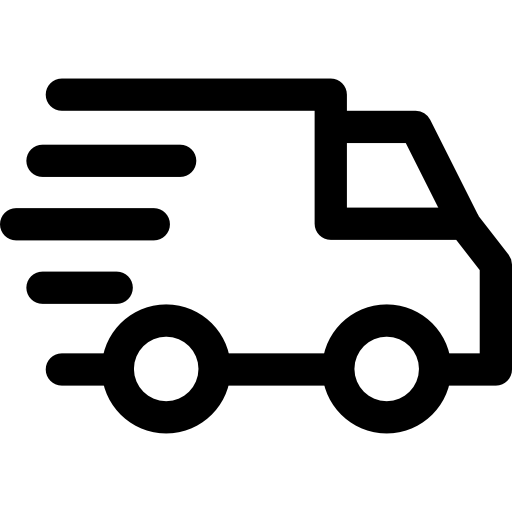Your draws, carabiners and slings form the backbone of your rack.
As the central connectors in your safety chain, they get subjected to plenty of punishment.
This is why it’s important to check your gear regularly. Moreover, regular inspection and maintenance will prolong its lifespan.

1. How to look after your quickdraws
Let’s start with some good practise: Don’t throw your quickdraws (quickies, extenders) down into the sand/dust/ dirt, this might affect gate function and or cause dust to collect dust on the spring.
Make sure to use always the same carabiner (from the German term ‘Karabinerhaken’ or ‘Karabiner’ for short) to clip bolt hangers. And stick with your system. If you lend your draws to a friend, make sure you tell them about it.
2. Why care is needed with clipping bolts
Bolt hangers, pitons and rock are far harder than the aluminium used to make carabiners. When a biner is loaded this can lead to gauging the inner surface of the carabiner, leaving small rough burrs and score-marks.
These small burrs, which you might barely feel, can damage the sheath of a rope relatively quickly. Especially if you are say, working a sequence on a sport climbing project.
3. What about fixed gear/ in-situ quickdraws?
Another critical point is fixed draws left in-situ on overhanging sport routes. They might have been hanging there for a while and you have no idea of the condition they are in. Quickdraws get worn over time, leaving sharp edges and burrs that could seriously damage a rope during a fall.
Treat any in situ gear with suspicion. Always check the carabiner for grooves or burr and the slings for faded colours, abrasion, or cuts. Remember, even a comprehensive visual check cannot provide definitive information about its structural integrity.

Here you can see, how fixed in-situ gear can get worn out and damaged. The first quickdraw is subjected to high friction at an angle. This creates wear on the carabiner, resulting in a sharp edge that could easily cut a rope. This also applies to quickies that correct rope movement in general.
The upper carabiner (anchor) is subject to a different type of wear. The problem here is not sharp edges, it’s the loss of material. We recommend that a carabiner that has lost 20% of its thickness should be replaced.
4. When should I retire my quickdraws?
To decide this, you need to divide your quickdraws into their different parts and inspect them separately.
Here you see three non-locking carabiners, one wire gate and two solid gate, three dogbone quickdraw slings (runner) and some rubber vices that prevent the lower biner from twisting.

5. When should you retire your dogbones/ quickdraw slings?
Dogbones are made of synthetic fibres such as nylon or Dyneema® and come in different sizes and shapes. The lifespan of a sling (runner) depends on a number of factors, and each sling should be assessed on an individual basis. However, generally speaking, products made of synthetic fibres, such as nylon or Dyneema® are subject to ageing, even if they are not used. This is why we declare a maximum lifespan or shelf life of 10 years from the date of production (even if a sling is never used).


6. How to inspect your dogbone
Look out for any:
- Abrasion
- Cuts
- Damaged stiches
- Faded colours (UV radiation)
- Paint/acid dots
- Burnt, singed or melted webbing


7. How to best store your quickdraws
Storing (and transporting) your quickdraws carefully will prolong their lifespan. Keep them in a dark and dry place. Damp cellars are a bad idea. So, is dumping them in the garage or the boot of your car/van, especially if your quickies could come into contact with battery acid or motor oil. Acid can affect a sling in a way that you might not be able to see. If a sling comes into contact with acid, it should be replaced immediately.
8. Are my carabiners still safe?
Carabiners used on quickdraws are mostly non-locking and available in different shapes and gates (wire gate, solid straight gate, solid bent gate).

In theory, metal parts have an unlimited lifespan. In practice, their lifespan will depend on a number of factors, including how often and how intensively they are used, how they are stored and where you climb. Using carabiners in dirty, salty or sandy environments will reduce their service life.
9. How to inspect your carabiners
Checklist:
- gate opens easily with a smooth action and springs back fully
- gate and nose align perfectly into the nose
- gate has no excessive sideways play
- no gritty/ rubbing noises


10. What if the gate doesn’t close?
Check to see if the spring is in good working condition. Is there dirt or sand in the spring chamber? If the spring look good, but there is dirt in the mechanism, then giving it a good wash and scrub up, is probably the answer.

11. How to clean your carabiners
- Use lukewarm water
- Add a small amount of dishwashing detergent
- Brush any dirt out of the chamber
- Open and close the gate several times under water
- Rinse in clean water
- Repeat the process
12. How to apply lubricant
- Lubricate the spring and rivet with a Teflon, silicone or a wax-based lubricant
- Avoid oil based lubricants as they attract dirt
- Take care not to get any lubricant on the sling
- You can always cover the sling in a plastic bag
13. How to perform a visual inspection on your carabiner?
First, have a look at the overall carabiner, is there any sign of deformation? Does any part look bent or somehow bigger than it should? If the answer here is yes, retire the carabiner immediately as this is a clear sign that it has had to withstand significant force and his job is done.
Now inspect the carabiner again more closely for any defects:
- sharp edges
- corrosion
- loose or missing rivets
- grooves and burrs
- micro cracks


14. Can you still use a carabiner with rope groove?
If your carabiner has a groove worn in it from the rope, but no sharp edges, then it can still be used. The important factor here though, is that no more than 20% of its material thickness must be worn out. If in doubt, play safe.
15. What about if my carabiner has small burrs?
If you find super small burrs on the inside of your carabiner, use fine sandpaper to gently smooth down the surface again (max. grain size 240).
We recommend that you check your gear every time before you climb, especially if it hasn’t been used for a while. Get your friends to check theirs too.
Spread the love. Share the beta.









